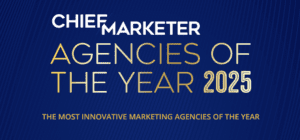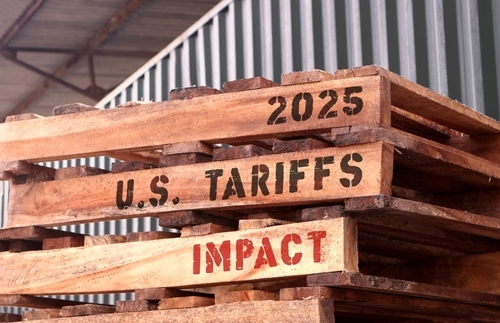Forty-three percent of businesses produce at least one marketing video a week, according to video marketing platform Wistia. But they’re not necessarily maximizing the value of their work. That’s just one of the core findings from the company’s 2025 State of Video Report.
Only 28% of the more than 1,300 professionals surveyed spend more time promoting their videos than creating them, with 53% doing the reverse: spending more time creating new content than repurposing the videos they have. “People work so hard on making a thing, they don’t spend enough time getting the thing out there,” says Chris Savage, Wistia’s CEO and Co-founder. “A lot of the opportunity is in the promotion. It’s figuring out the campaigns, the angles, the formats. Doing that really well is going to enable companies to differentiate themselves, because not everyone is doing it.”
For instance, 65% of businesses that host live webinars turn the recordings into on-demand videos and 57% of them create social clips from the event. But only 21% host webinars with an eye on growing their content library, which would allow adding clips to emails, embedding them within blog posts and incorporating them onto relevant website pages.
Where Video Placement Works
The report also includes an analysis of the performance of more than 100 million videos and webinars. Wistia looked at the 10 most common website pages where companies place their videos and analyzed what worked best.
Three website pages in particular tend to be overlooked for video placements. The contact page is one. Nearly a third (32%) of visitors to contact pages will watch videos there, with a 51% engagement rate, which Wistia defines as how much of a video people watch on average. Thank-you pages are also effective: Not only do 16% of visitors hit play (a higher percentage than visitors to landing pages, product pages or case studies), but on average they’ll watch 55% of the video, an engagement rate second only to that of product-page videos. And 33% of visitors to website video galleries—curated collections of videos—will click play, viewing 45% of a video on average.
It makes sense that video galleries would have healthy play and engagement rates, given that people typically visit those pages expressly to watch videos. Savage believes the strong rates on the thank-you and contact pages is because “people know you’re not trying to sell them now. It’s a great place to enhance your brand or explain something. The video sets up the expectation of what to expect.”
Engagement Doesn’t Always Mean Conversion
The report’s video content analysis suggests that engagement rates for 2024 fell 7% from the previous year. Videos lasting less than five minutes saw engagement drop 10%, with viewers watching an average of 47% of a video. Though the year-over-year declines for longer videos weren’t as steep, their engagement rates were lower: 38% for videos that run 5-30 minutes and 21% for those longer than 30 minutes.
One reason for the decline in engagement rates, Savage says, “is that people’s expectations for getting value are starting to go up.” That value is less about glossy production and more about giving people the information they’re looking for sooner rather than later. “You can make something scrappy, but it needs to be valuable quickly.”
Although shorter videos have the greatest engagement rates, they also have the lowest conversion rates. Videos running longer than a half-hour resulted in 17% of viewers taking the suggested action, compared with just 5% who watched 3- to 5-minute videos and 2% for even shorter ones. Some of that discrepancy is due to what Savage refers to as “a big bifurcation of people’s attention.” Shorter videos often serve as introductions to a brand, and people are less likely to invest much time with unknown brands, let alone make a purchase or take some other action. “But once we trust a brand, we’re willing to spend enormous amounts of time”—and more likely to convert.
To boost conversion rates, Wistia suggests integrating interactive features into videos. The study found that about 24% of viewers will enter their contact information into an embedded lead generation form, and 16% will respond to clickable CTA such as “Book a demo” or “Download the full report.”
AI Helps Compensate for Lack of Resources
Of all the report’s findings, Savage was most surprised by the speed with which AI is being adopted. Last year only 18% of professionals were incorporating AI into their creation process; this year 41% are, and another 19% intend to start doing so soon.
Of those using AI, 61% do so or plan to do so to create video captions. Other common uses are to dub voices (38%), translate into other languages (31%) and generate visuals (28%). While improved AI outcomes are contributing to the surge in AI usage, marketers’ lack of resources is another likely cause, with 58% of those surveyed blaming their inability to increase video output on a shortage of budget and other resources.
Budgets and Pricing
According to the survey, 57% of the companies intend to increase their video budgets this year, though 74% of those businesses will be boosting their budgets only “a little bit.” From a price perspective, more than a quarter (26%) of respondents spent less than $1,000 per video, with another 22% spending $1,000-$5,000 each. And only 29% of respondents spent more than that. “Everyone is still adopting video at an insane rate,” Savage says, “but budgets aren’t there.”








